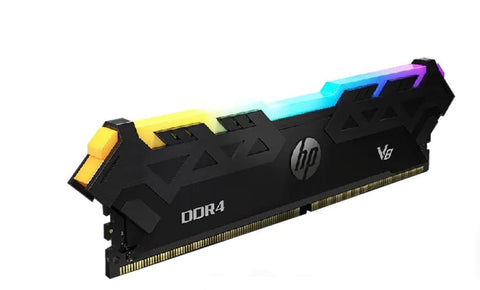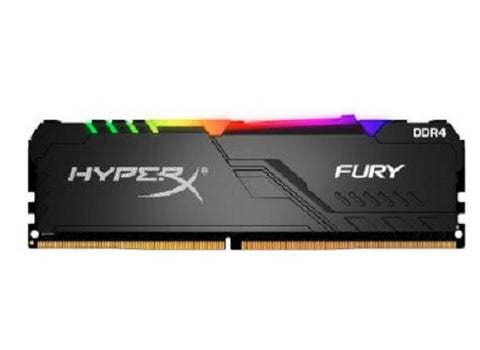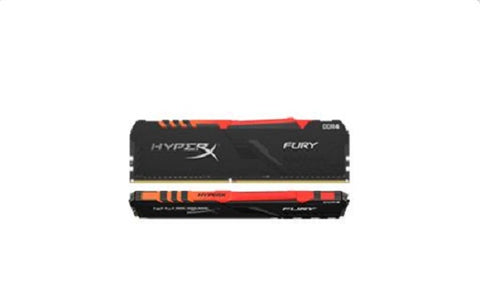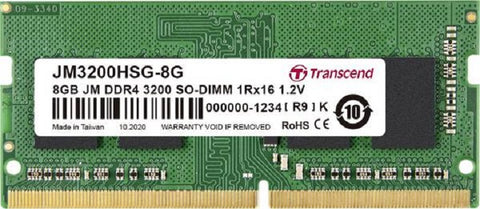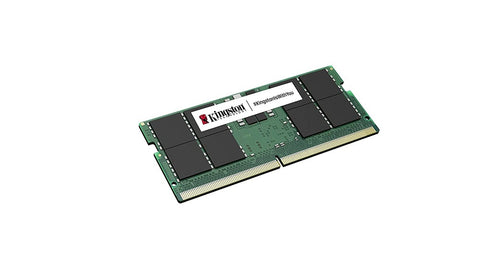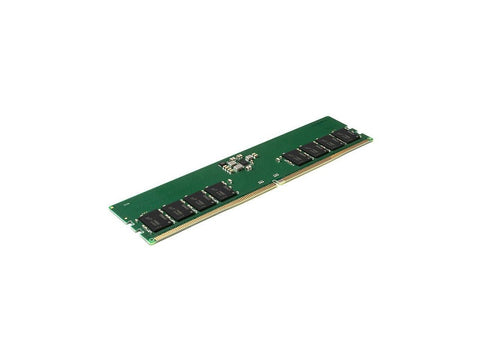MBD | CPU | RAM
A motherboard (sometimes alternatively known as the mainboard, system board, baseboard, planar board or logic board,[1] or colloquially, a mobo) is the main printed circuit board (PCB) found in general purpose microcomputers and other expandable systems. It holds and allows communication between many of the crucial electronic components of a system, such as the central processing unit (CPU) and memory, and provides connectors for other peripherals. Unlike a backplane, a motherboard usually contains significant sub-systems such as the central processor, the chipset's input/output and memory controllers, interface connectors, and other components integrated for general purpose use.
A central processing unit (CPU) is the electronic circuitry within a computer that carries out the instructions of a computer program by performing the basic arithmetic, logical, control and input/output (I/O) operations specified by the instructions. The computer industry has used the term "central processing unit" at least since the early 1960s.[1] Traditionally, the term "CPU" refers to a processor, more specifically to its processing unit and control unit (CU), distinguishing these core elements of a computer from external components such as main memory and I/O circuitry.

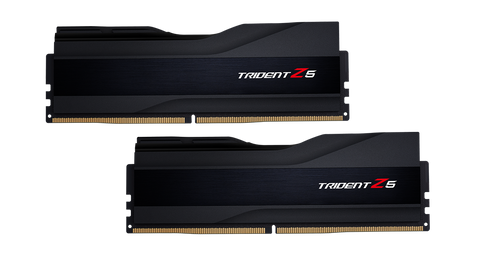
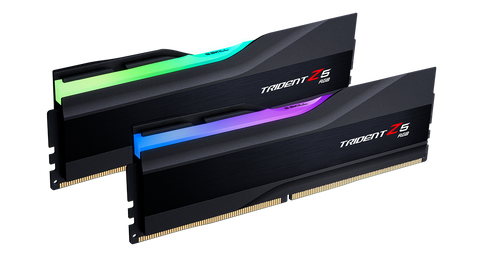
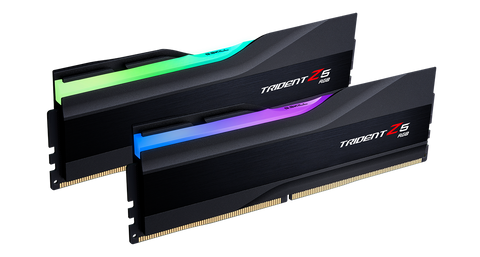
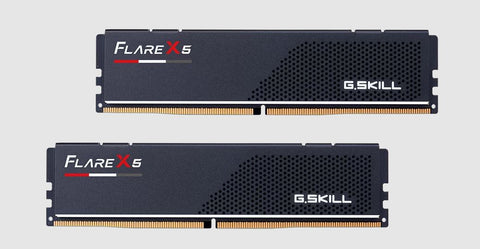
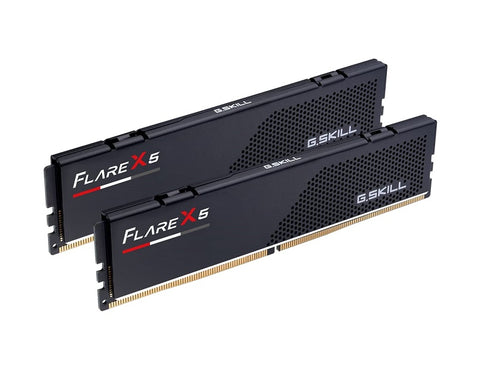
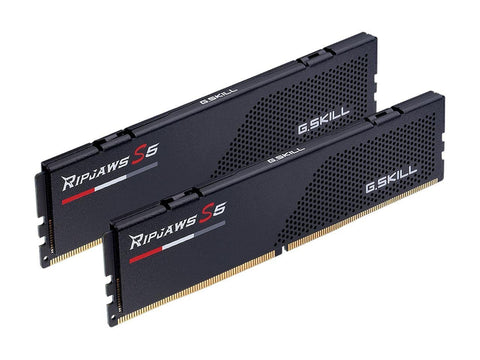
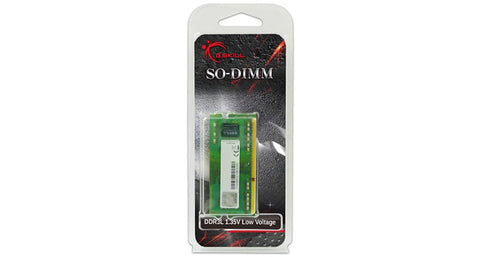

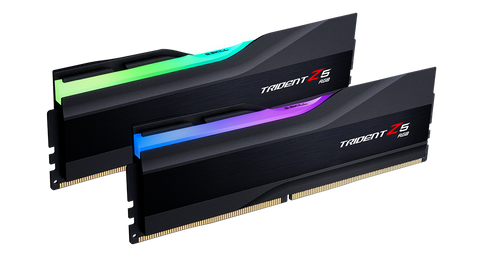
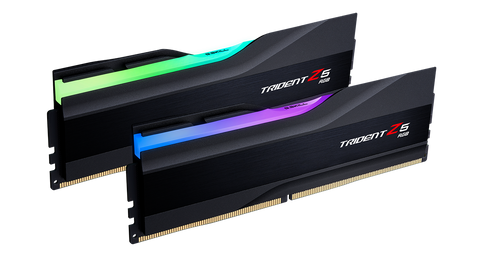


![HADES OC Desktop Memory 16GB (2x8GB) DDR4 3600MHz CL18 Black [Non RGB]](http://www.techdeals.com.sg/cdn/shop/products/LexarHADESOCDesktopMemory16GB_2x8GB_DDR43600MHzCL18Black_NonRGB_3_large.jpg?v=1637223554)
